A late spring or early summer frost or freeze is not likely to kill off your strawberry plants, but it can certainly impact your harvest. Blossoms and developing fruit are most vulnerable to late frosts and freezes.
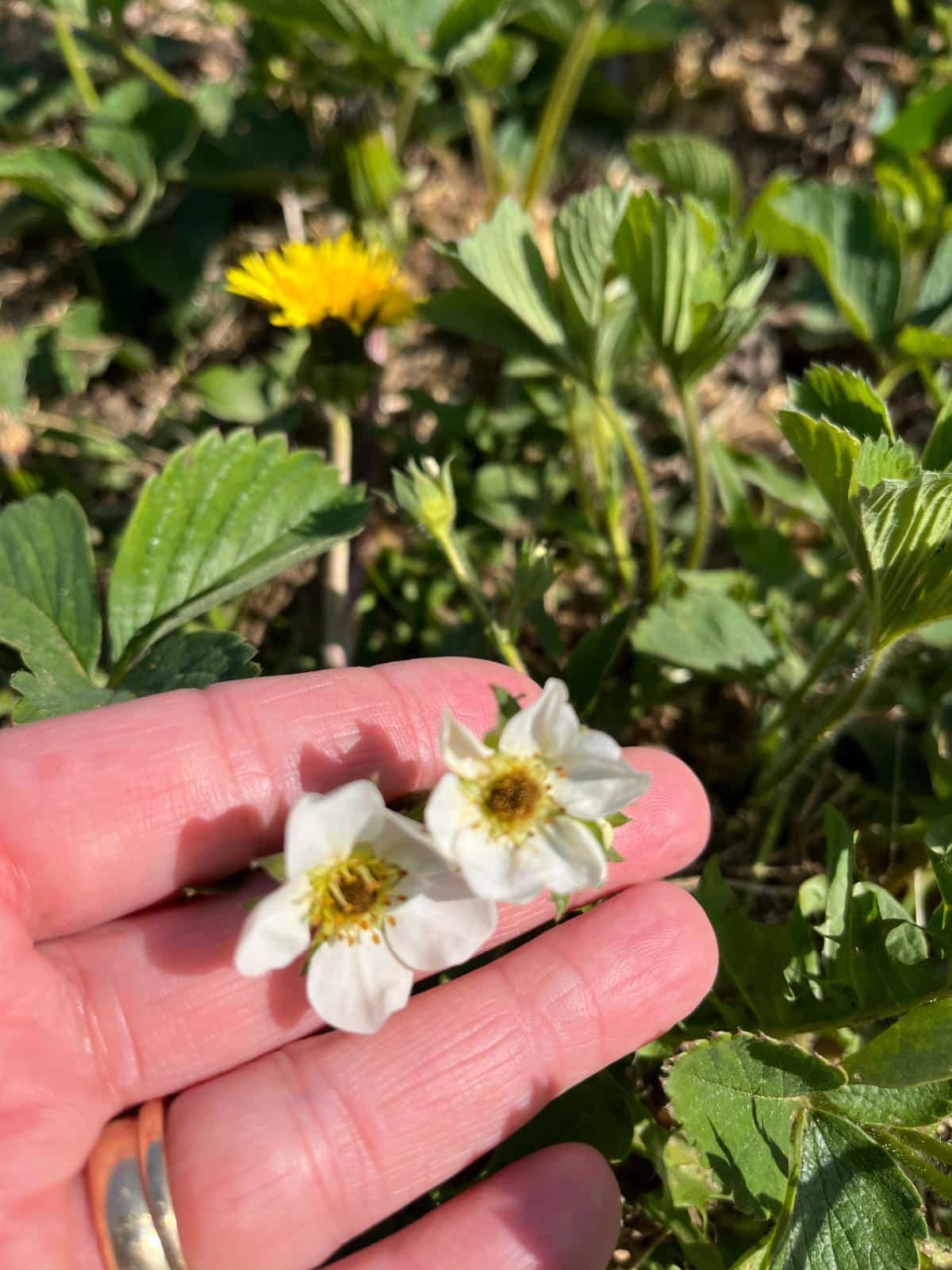
If a late frost develops, depending on when and at what growth stage your plants are in, you will want to be prepared to take action.
Jump to:
- How Does Frost Damage Spring Strawberries? What are the Expected Impacts?
- When are Strawberries Vulnerable to a Spring Frost?
- Watch for Frost Advisories Once Buds Start to Open
- How Can You Protect Strawberries from a Spring Frost?
- June-Bearing Strawberries Are More At Risk than Day-neutral and Everbearing Varieties
- Forewarning and Pre-Planning Will Preserve Your Strawberry Harvest
How Does Frost Damage Spring Strawberries? What are the Expected Impacts?
For strawberries, the plants themselves, which are hardy perennials, will not be killed by frost. The plants (meaning the leaves, stems, and roots) won’t be killed by a frost or even by a hard freeze.
The flower blossoms, however, can be, depending on their stage of development. And since the blossoms become your fruit, the berries can be killed or damaged because of it.
When strawberries experience a frost in the spring, the results can be
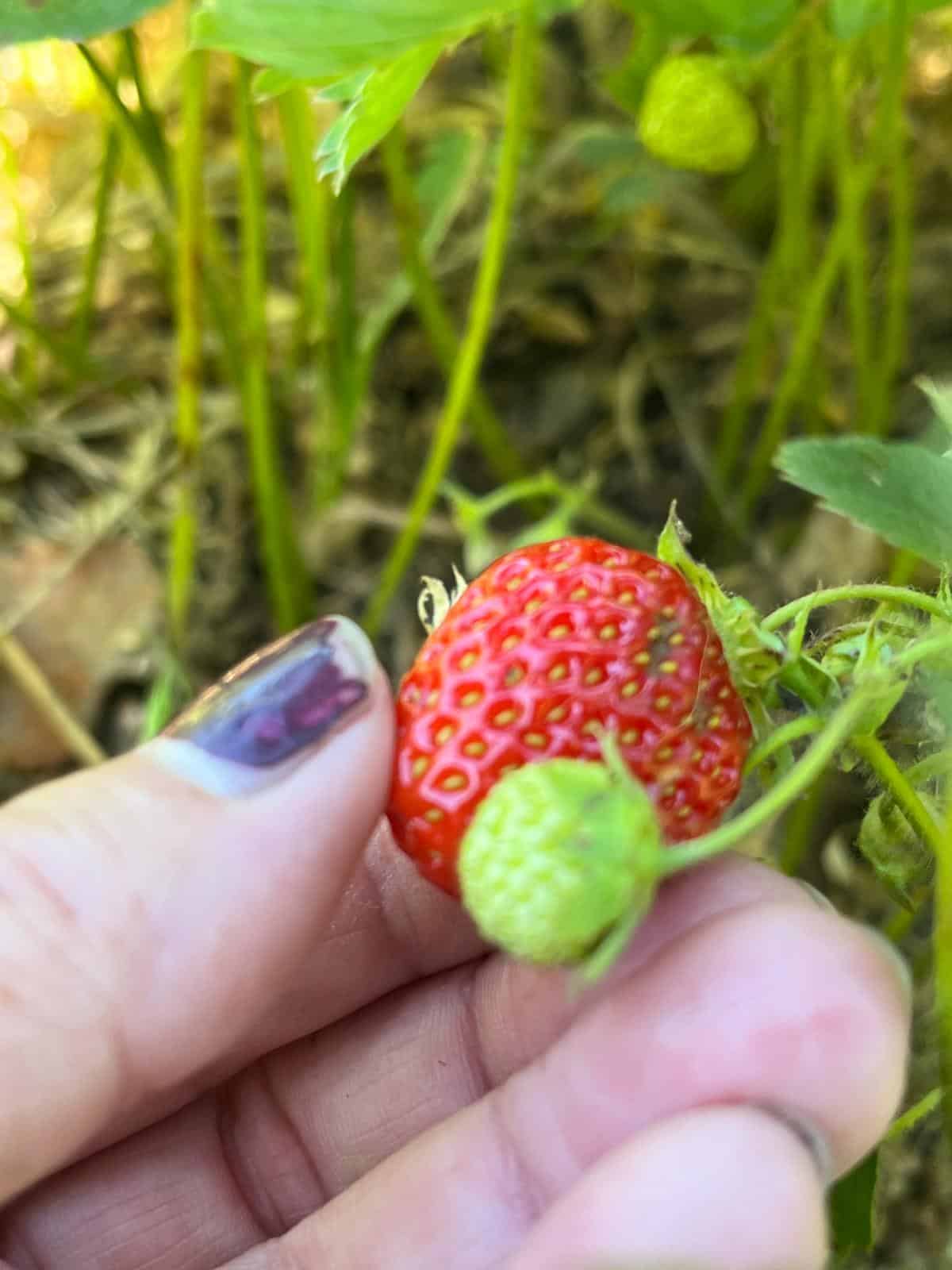
- Flowers were killed off completely, with no fruit development
- Failure to develop into berries
- Misshapen strawberries
- Seedy berries with hollow seeds that grow into stunted fruits with hard, seedy spots that won’t ripen
- Berries with soft spots
- Low yield, fewer harvestable strawberries
Blackening in the centers of blossoms is a sure sign that frost damage has occurred. It is probably worth waiting to see if the berries develop and what harvest you might get, but small berries, misshapen berries, and low yields should be expected.
On everbearing or day neutral strawberries, it may be worth snipping off frost damaged buds to let the plant regroup and send out new, fresh blossoms without wasting that energy on a poor first harvest.
When are Strawberries Vulnerable to a Spring Frost?
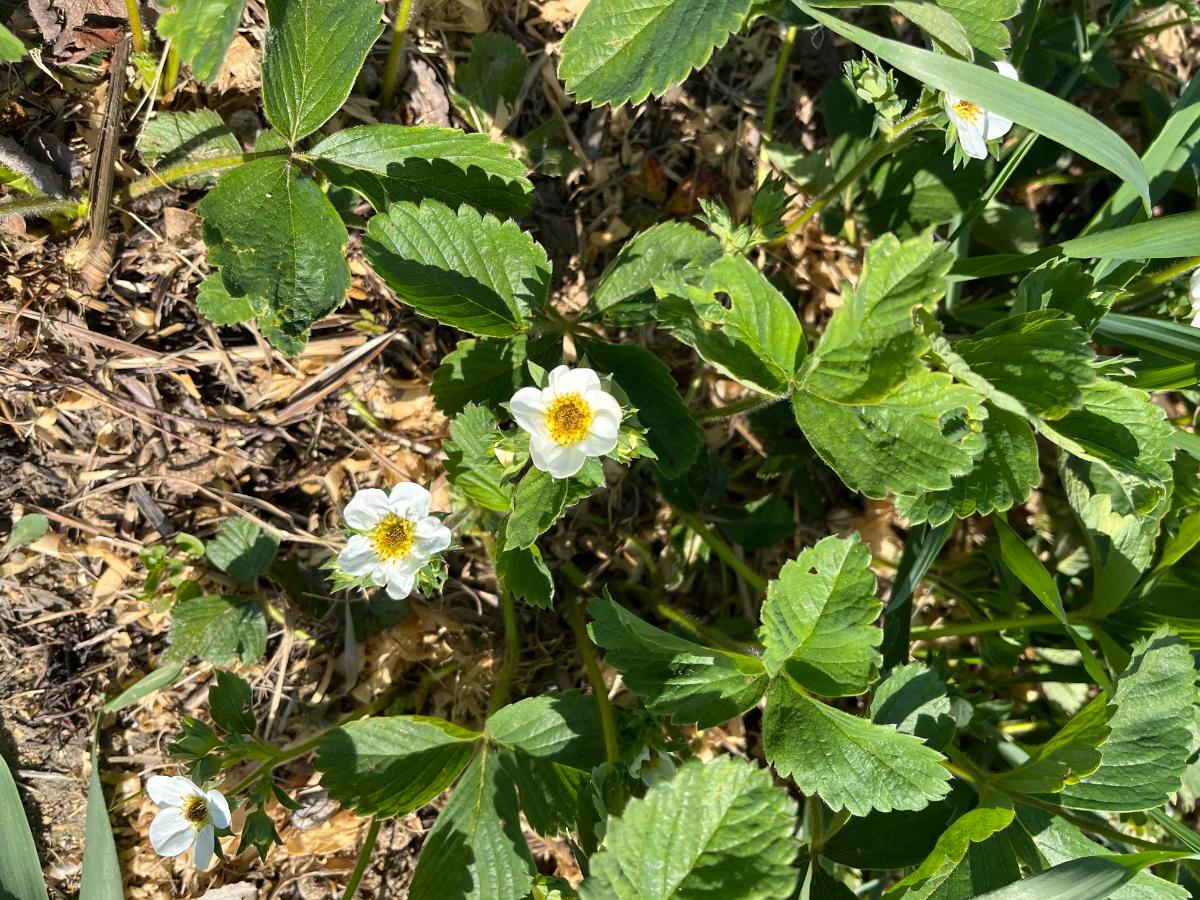
Tightly closed buds close to the plant are not at much risk from a spring frost (though a serious low, hard freeze may kill them).
The stage of bud development dictates how much of an impact frost might have, and whether you should take action to protect your berries:
- Strawberries are most vulnerable if the buds have started to open into blossoms
- Buds in the “tight bud” stage (not yet opening) are safe in temperatures down to 22°F or -5.5 °C
- Buds in the “popcorn” stage (meaning the petals are closed around the center, about the size of popped popcorn, but you can see the petal color), are safe down to 26 F or -2.2 C
It is the open blossoms, when you can see distinct petals and that have a flower shape and you can see the center of the blossom, that are at the most risk. This is where berry loss or damage occurs.
- Buds in the “open” stage are safe only down to 30 F or -1.1 C
Developing strawberries are at a slightly lower, but still significant risk.
- Developing strawberries or formed or ripe fruit are safe in temperatures down to 28°F or -2.2 °C
Watch for Frost Advisories Once Buds Start to Open

If temperatures are expected anywhere below 32°F (0°C) or even 34°F or lower, consider protecting your strawberry plants. Frosts can be spotty depending on your climate and the location on your property, so preventative measures and erring on the side of caution are always smart.
Especially during the early part of the strawberry season, keep an eye on your weather forecast and look out for frost warnings or advisories. If one is posted, take action.
How Can You Protect Strawberries from a Spring Frost?
Frost protection for strawberries is not really any different than frost protection for tender annuals. Covering and irrigation are both options.
Using covers for strawberry frost protection

The easiest and most manageable frost protection for strawberries for homeowners and small growers is to use frost fabric or floating row cover to keep the frost off the plants and, more importantly, off the blossoms.
- Cover the entire strawberry patch with a length of floating row cover or frost fabric
- Anchor the edges well, using landscape staples and/or bricks or rocks, so that it doesn’t blow off
- Keep the fabric in place until temperatures have risen above freezing the next day
- It is best to place the fabric in the afternoon, the day before an overnight frost is predicted
- This helps to hold in more warmth into the night and keeps the plants a few degrees warmer, adding further protection
- Some good materials to use are floating row cover, frost fabric, or old sheets or blankets
- Plastic can be used, but it can also transfer cold, so ideally, plastic will not touch the plants and will be up in a frame or on a stake system — something that holds it off the blossoms
- Low tunnels or ribbed row tunnels are good options
Irrigation as frost protection
Irrigation is another option for protecting strawberries from frost. It is more involved, and if done incorrectly, it can cause more harm than good.
There are a few keys to using irrigation successfully to protect a strawberry crop from frost:
- Be sure to apply enough water, at a steady and constant rate
- Start the water when the temperature dips to 34°F (1.1 °C)
- The right rate of application is one-tenth to two-tenths of water per hour (this can be difficult to gauge with a home sprinkler system)
- The water needs to be applied from an overhead sprinkler source so that the water hits the plants
- For home gardeners, a steady sprinkler running all night through the cold temperatures, until the temperatures rise above 34°F or 1.1 °C, rotating to hit all the plants, should work
- Do not stop the water too early, or you will undo all the good you did
Irrigation is more commonly used on large commercial fields, though the concept can be applied to home gardens. It works because when the water hits the plants and flowers, it combines with sugars and releases heat.
For most small growers, frost fabric is more reliable and comes with less guesswork.
Be prepared with covers or sprinklers to protect strawberries from spring frosts
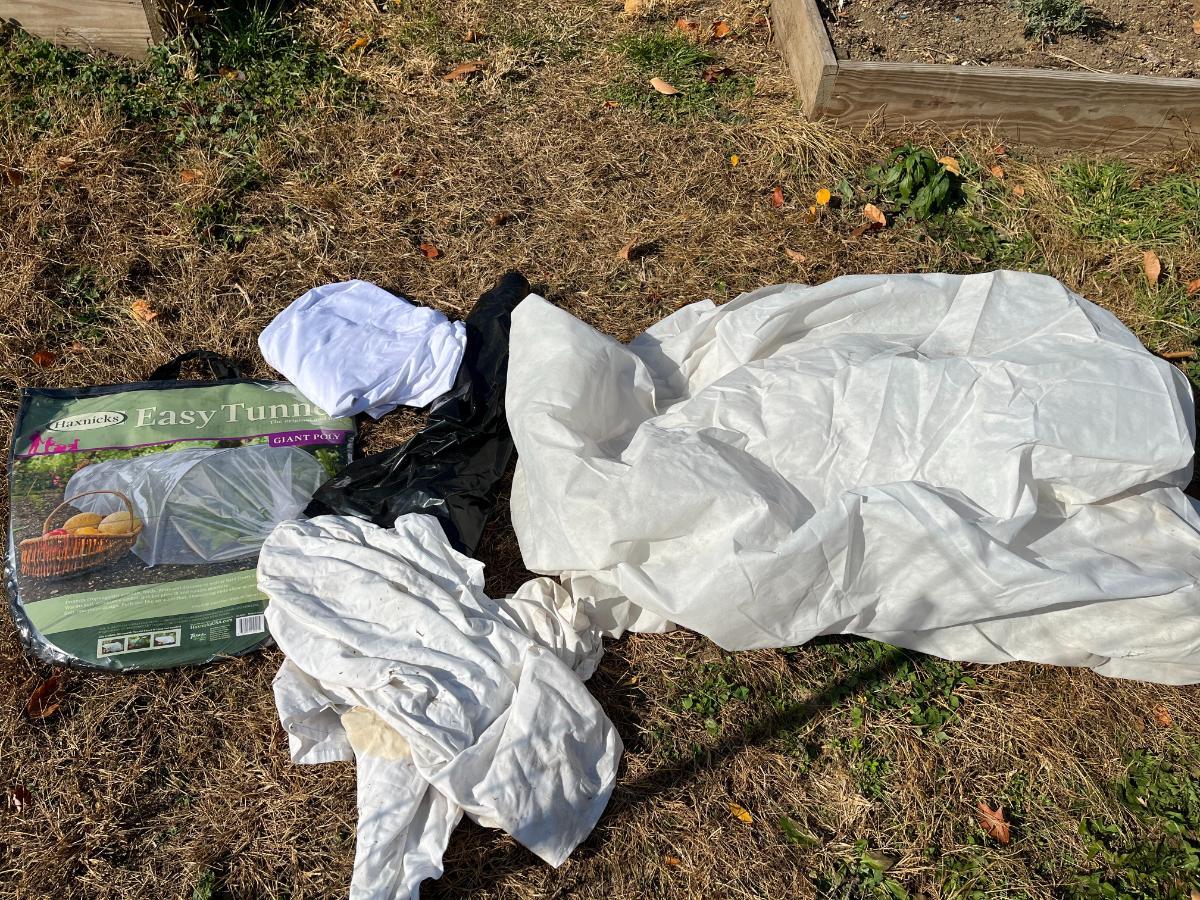
Be prepared in case a freak frost pops up. Though we have good prediction systems, even though they are imperfect, and there can be little forewarning when a frost is expected to occur. That can leave you with little to no time to get hold of irrigation equipment or frost coverings.
It is always smart to have these supplies on hand, so you will have them for whenever a frost might hit.
June-Bearing Strawberries Are More At Risk than Day-neutral and Everbearing Varieties
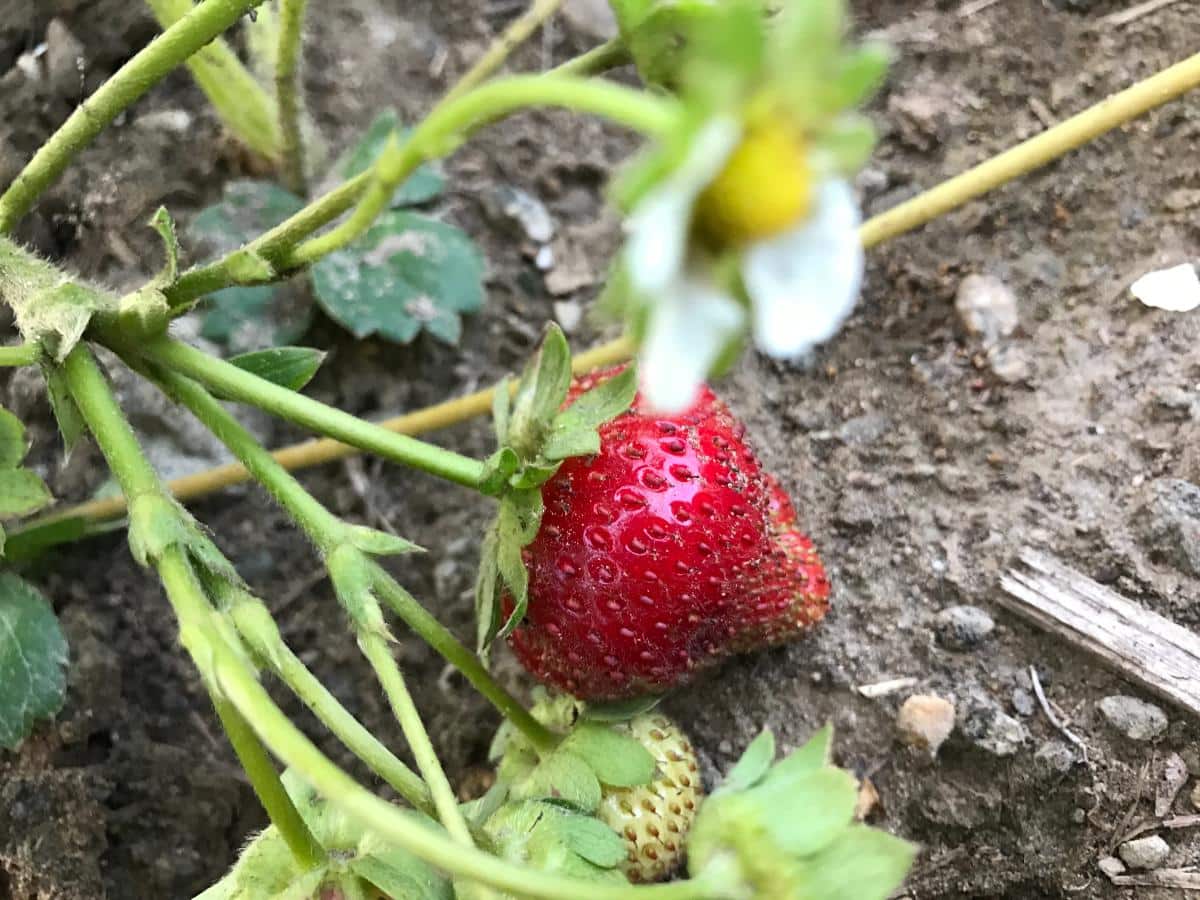
The main reason this is true is that June bearing strawberries only get one shot at their annual harvest. The buds are set in the fall, before winter. They will not develop any new blossoms during the blossoming and growing season.
So, if the flowers on June-bearing strawberries are killed or damaged by frost, the harvest will be seriously impacted. Any blossoms that have started to open when the frost occurs are at risk. Later opening buds may make it through the frost if they have not started to open, but there tend to be fewer of those. The odds are that if you get a harvest at all, it will be a small one, and the berries are likely to be smaller because they are the smaller, later buds to begin with.
Everbearing and day-neutral strawberries will continue to produce in a few larger flushes (everbearing) or continuously as long as the temperatures are not too high (day-neutral). That means that even if they have open buds when the first hits, and those blossoms get damaged, there will be new blossoms coming behind those, and there is still plenty of time for a harvest.
This is not to say that you can’t or shouldn’t cover or protect everbearing and day-neutral strawberries in the event of a spring frost. Protecting them can save that early harvest. However, it is less critical because you won’t have lost your entire year’s harvest.
Forewarning and Pre-Planning Will Preserve Your Strawberry Harvest
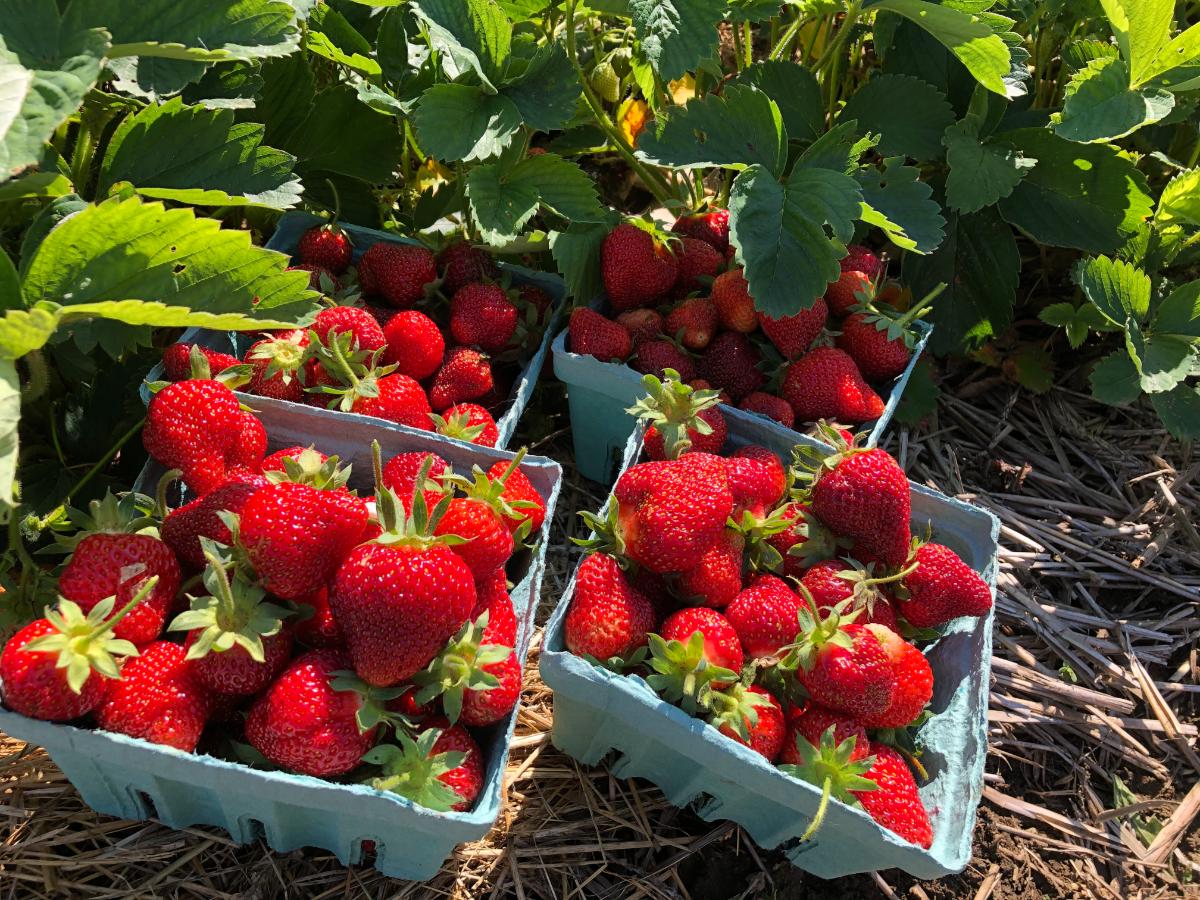
Be prepared.
Arming yourself with knowledge, supplies, equipment, and pre-planning will prepare you well for any late frosts that might potentially affect your strawberry harvest. After waiting all year for those luscious, ripe, favorite fruits, it would be a shame to lose them to a single cold night (or two).
You’re well armed now with the knowledge. It’s just a simple step further to be prepared to protect your strawberry harvest from spring frost damage.

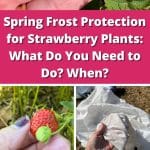
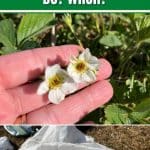



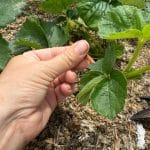

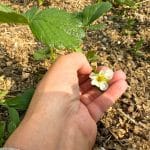
Leave a Reply